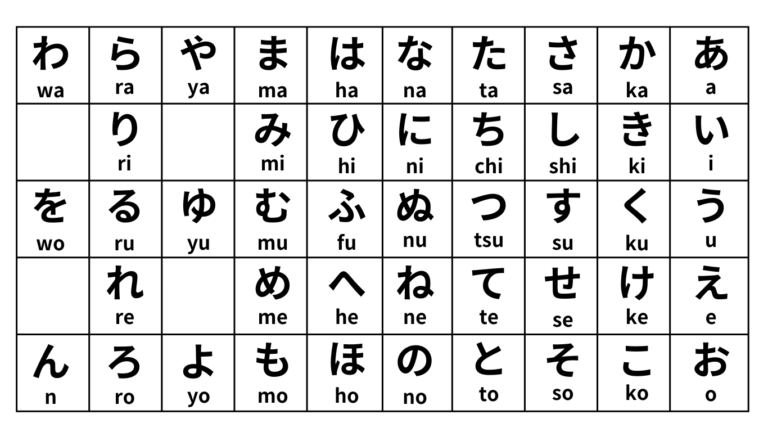Mastering Japanese Demonstratives: Your Complete Guide to この、その、あの、どの
Have you ever struggled to point out objects in Japanese? Or found yourself confused about whether to use これ or この? You’re not alone. Japanese demonstratives might seem tricky at first, but they follow a beautifully logical pattern that, once understood, will make your Japanese communication much more natural and precise.
The Two Faces of Japanese Demonstratives
Japanese demonstratives come in two flavors: adjectives and pronouns. Think of adjectives as words that need a partner (a noun) to function, while pronouns are independent and can stand proudly on their own. This distinction is crucial for mastering Japanese demonstratives.
The Adjective Family: この, その, あの, and どの
These demonstrative adjectives always need a noun to follow them – they’re like loyal companions who refuse to walk alone. Let’s meet each member of this family:
- この (kono) – “this” Picture yourself holding a book. In Japanese, you’d say この本 (kono hon) to say “this book.” この is perfect for objects within your personal bubble – things you can touch or that are clearly in your territory.
- その (sono) – “that” Imagine pointing to a watch your friend is wearing. You’d say その時計 (sono tokei). その is your go-to word for objects in your conversation partner’s space – things they’re holding or that are closer to them than to you.
- あの (ano) – “that over there” Look at that beautiful Mount Fuji in the distance! That would be あの富士山 (ano fujisan). あの is reserved for objects that are far from both you and your conversation partner – it’s the long-distance pointer of the Japanese language.
- どの (dono) – “which” Standing in front of a vending machine full of drinks? どの飲み物 (dono nomimono) would ask “which drink?” It’s your questioning word when you need to choose from multiple options.
The Independent Pronouns: これ, それ, あれ, and どれ
Unlike their adjective cousins, these pronouns don’t need any company – they work perfectly fine on their own. They follow the same spatial logic as their adjective counterparts:
- これ (kore) – “this one/this thing” Example: これは何ですか?(kore wa nan desu ka?) – “What is this?”
- それ (sore) – “that one/that thing” Example: それをください (sore wo kudasai) – “Please give me that”
- あれ (are) – “that one over there/that thing over there” Example: あれは私の家です (are wa watashi no ie desu) – “That over there is my house”
- どれ (dore) – “which one” Example: どれが好きですか?(dore ga suki desu ka?) – “Which one do you like?”
Common Pitfalls to Avoid
Even native Japanese speakers had to learn these distinctions as children, so don’t feel bad if you make mistakes. Here are some common errors to watch out for:
- Never use これ直接に with a noun (❌ これ本) The correct form is この本 (kono hon)
- Don’t leave この hanging by itself これ can stand alone, but この always needs its noun partner
- Avoid mixing up the distance references If something is clearly far away, don’t use その when あの would be more appropriate
Putting It All Together
Let’s see how these demonstratives work in a real-life scenario:
You’re in a Japanese bookstore with a friend, discussing different books:
“この本は面白いです。” (Kono hon wa omoshiroi desu.) “This book is interesting.” (referring to the book you’re holding)
“それは何ですか?” (Sore wa nan desu ka?) “What’s that?” (pointing to a book your friend is holding)
“あの本棚の赤い本を見てください。” (Ano hondana no akai hon wo mite kudasai.) “Please look at the red book on that bookshelf over there.” (pointing to a distant shelf)
“どの本を買いますか?” (Dono hon wo kaimasu ka?) “Which book will you buy?” (asking about a selection of books)
Practice Makes Perfect
The key to mastering Japanese demonstratives is practice and awareness of physical space. When speaking Japanese, always consider:
- Is the object near you? (この/これ territory)
- Is it near the person you’re talking to? (その/それ territory)
- Is it far from both of you? (あの/あれ territory)
- Are you asking which one? (どの/どれ territory)
Remember: adjective forms need nouns, pronoun forms stand alone. With this understanding and regular practice, you’ll find yourself using Japanese demonstratives naturally and confidently in no time.
Conclusion
Japanese demonstratives might seem complex at first, but they follow a logical system based on physical distance and grammatical function. By understanding the distinction between adjective and pronoun forms, and being mindful of spatial relationships, you’ll master these essential elements of Japanese communication. Keep practicing, and soon you’ll be pointing out objects in Japanese as naturally as you do in your native language!








